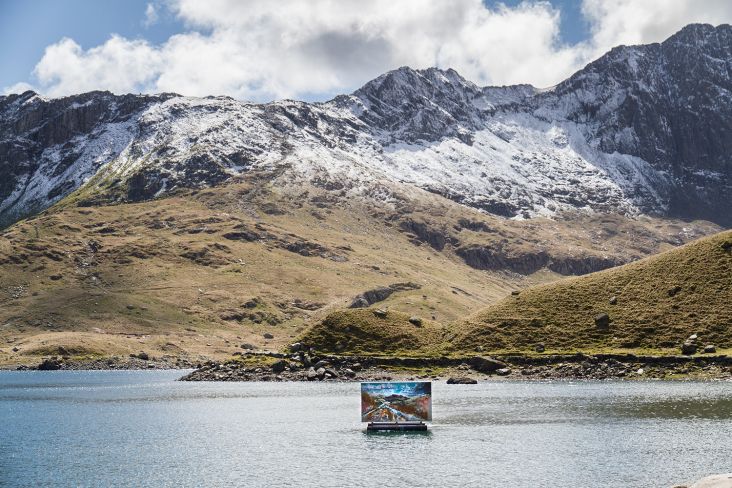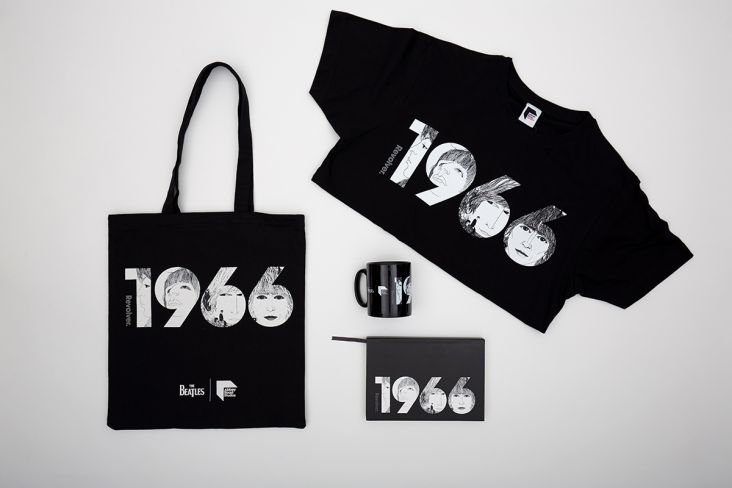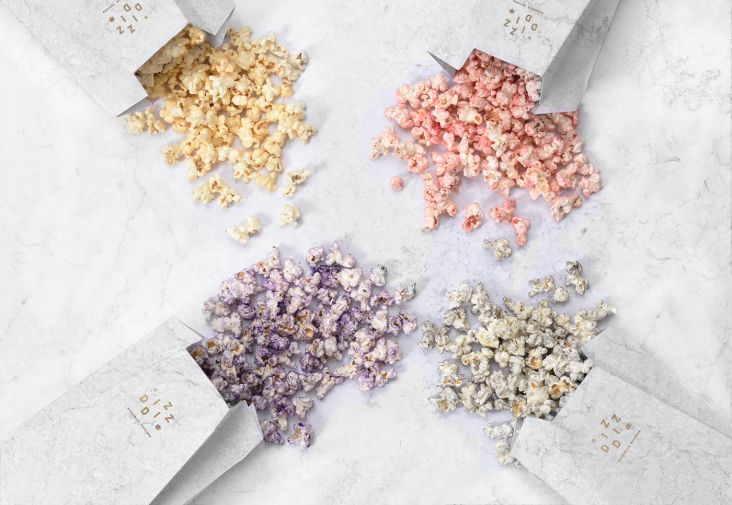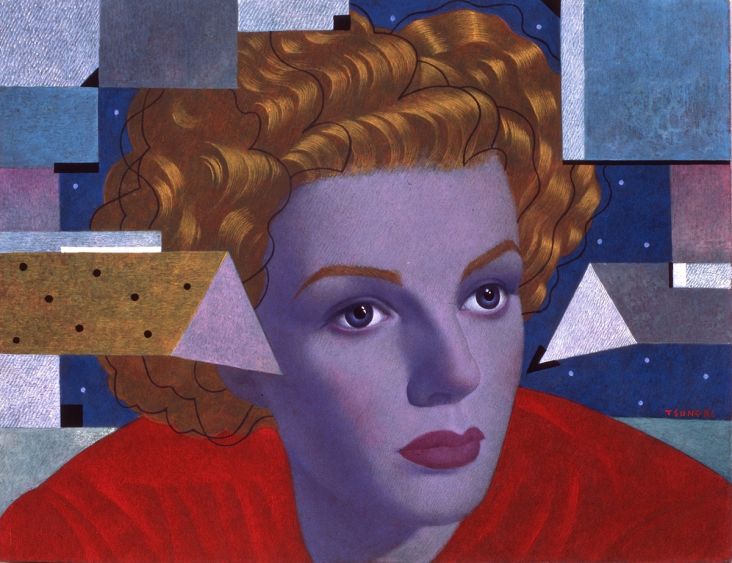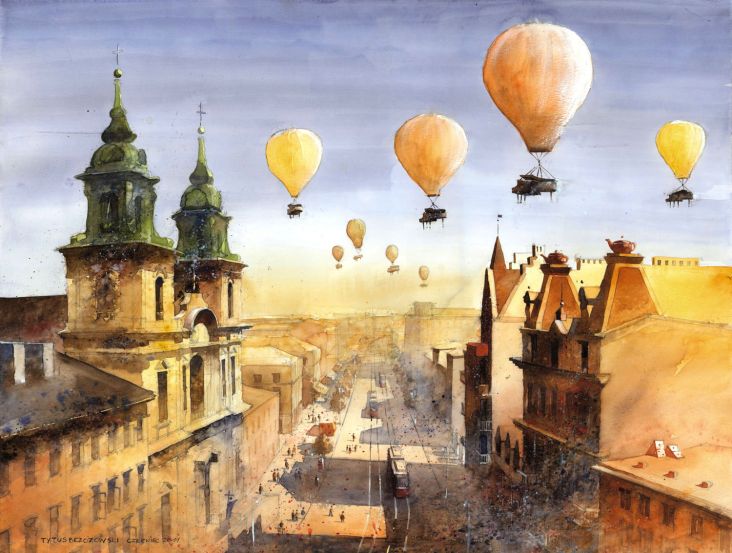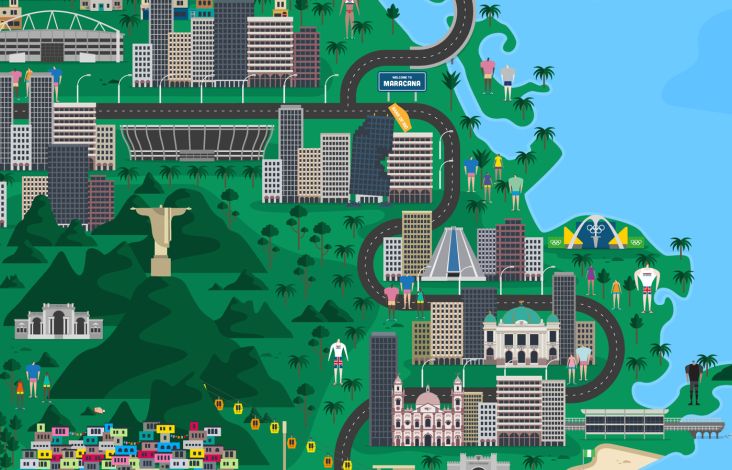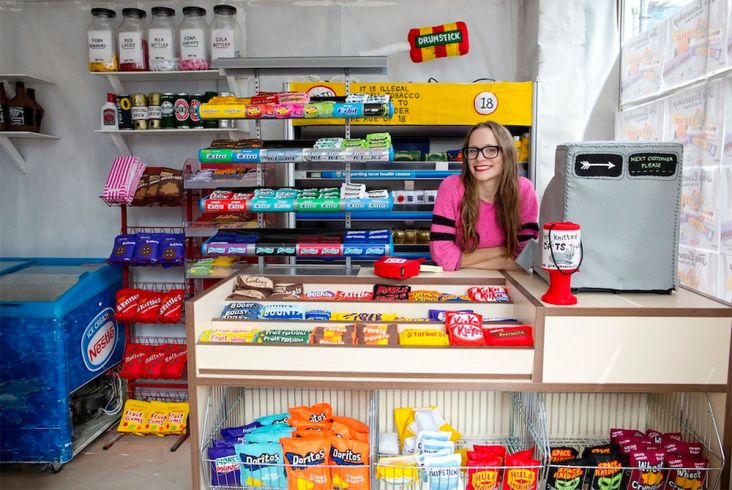Jane Bowyer on becoming a freelancer, women in design and the challenges of feminism
Jane Bowyer is an independent graphic designer and illustrator specialising in digital design, art direction, branding and print.
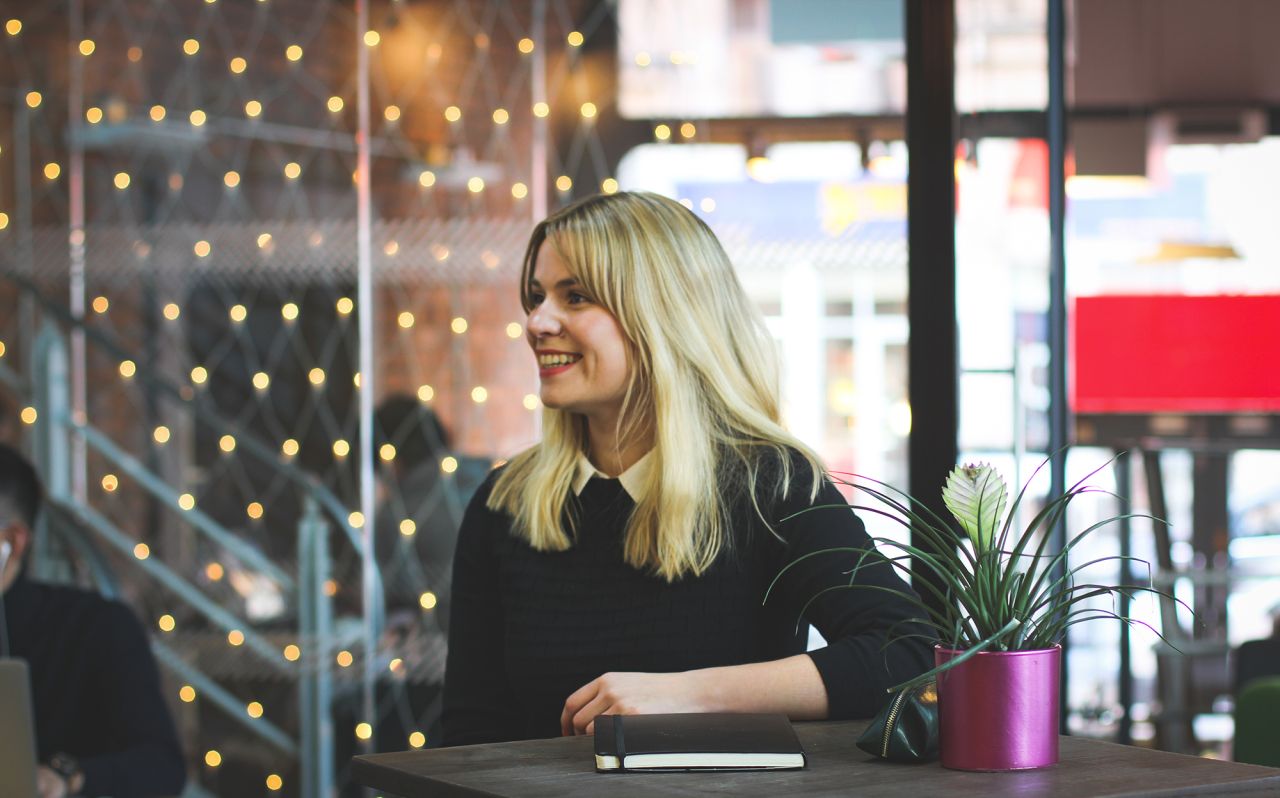
Based in the wonderful city of Manchester (our current home), her practice balances playfulness with purpose, to deliver work that is both beautifully crafted and leaves a lasting impression.
Something of a self-confessed feminist, Jane recently launched her own exhibition, Women in Print, showcasing the work of sixteen local designers, print-makers and illustrators that celebrates the life and achievements of sixteen iconic female figures who've made a significant contribution to Manchester.
We caught up with Jane to talk about her reasons behind the project, as well as her own experiences of freelancing and working as a woman in the creative industries.
Have you always known you wanted to get into design? At what stage in your life did you decide it was the right path for you?
When I was younger, I was obsessed with the TV programme All Creatures Great and Small, so I really wanted to be a country vet. As a teenager, I listened to a lot of R&B and Hip Hop music and thought I might be Bolton's first female rapper (I have a book of rap lyrics at my mum's somewhere that I hope will never see the light of day). When I passed my driving test at 17, I considered a career as a taxi driver too. Luckily, my secondary school art and graphic design teachers had more influence on me.
I remember my art teacher taking me to one side when I was about thirteen and he asked me if I'd ever thought of a career as a designer. I said no. He explained to me what a designer was, how you could be paid to be creative and from that moment – that's what I've worked towards being and accomplishing.
You live and work in Manchester. Has this always been the case?
My passport says 'Born in Salford', but I grew up in Bolton. As a kid, I’d often come into Manchester with my Dad and sister to watch performances at the Royal Exchange, The Lowry, The Library Theatre and the Palace Theatre. I studied Graphic Design at the Cumbria Institute of the Arts and moved to Manchester after graduating. I did a short stint selling bras and knickers at Selfridges whilst I worked as a design intern.
I’ve been based in the city for six years now, working as a designer and illustrator for several great design studios. Unfortunately, I’ve completely forgotten how to measure someone for a bra.
What is it about this Northern city that makes you stick around?
I love the diversity of people in Manchester. I like the music, the food and the design scene here too (the three essential things you need in life). The design community in Manchester is very supportive and friendly. When I made the leap to freelance, I had a good network of people who I could turn to for advice and help. That's something I'm really grateful for, and something that keeps me here in Manchester.
So you're a freelancer. Tell us more
I've been working independently since the beginning of 2016, and it's been a fantastic experience so far. I've always worked for small design studios so I felt equipped with the necessary skills to be more client-facing and manage projects as it's something I've done in my previous role as a Senior Designer. However, the big change has been handling the administration and finance side of things.
Have you had any major challenges with running your own business? How have you overcome them?
The biggest challenge has been learning to manage my time efficiently. I feel like I want to be designing 100 per cent of the time, but when you're in charge of running everything yourself that's just not the case. It's really important to put time aside to handle client enquiries, invoicing and project management tasks.
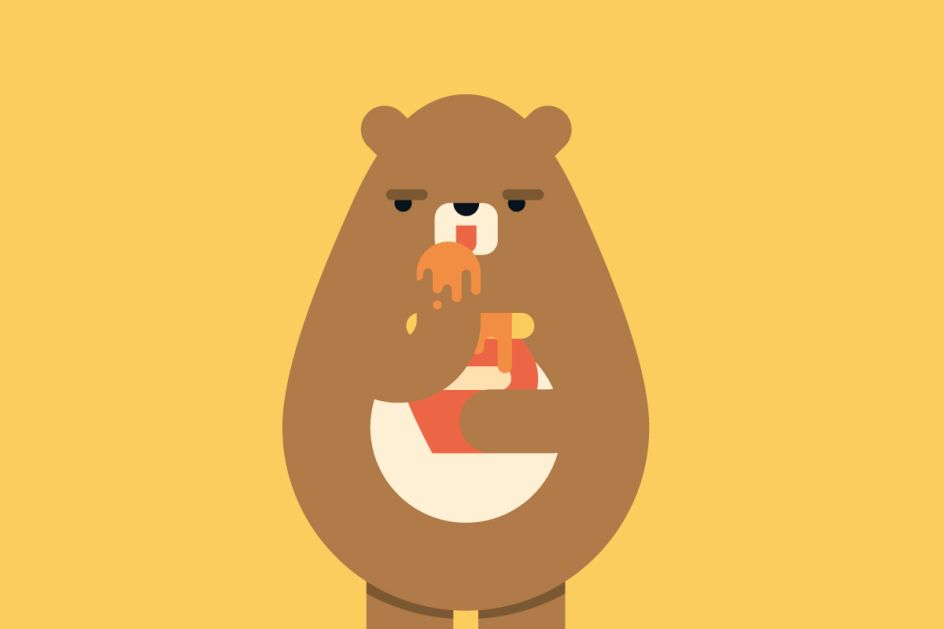
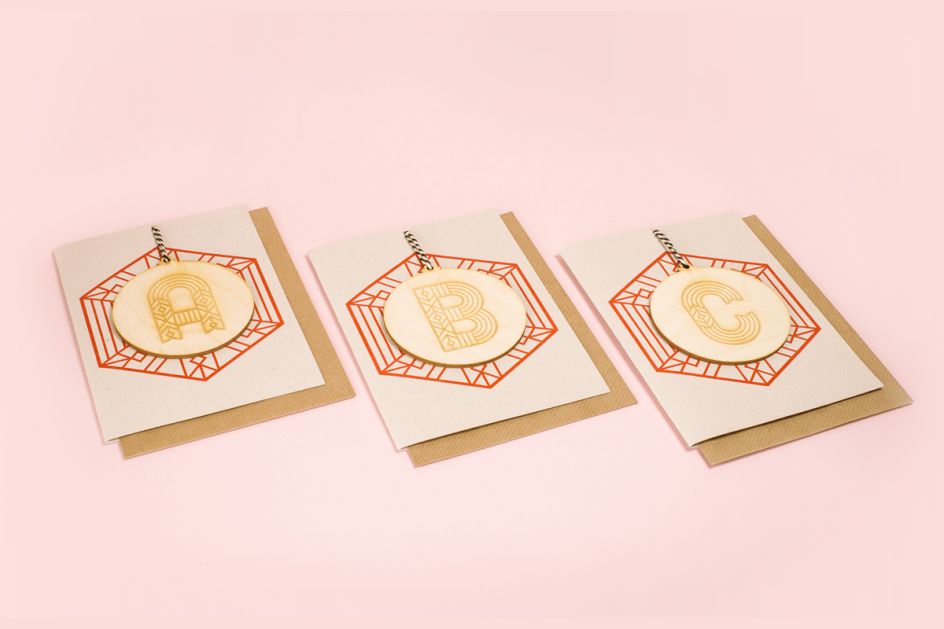

Are there any tips you'd like to share on making the transition to freelance?
The biggest obstacle to overcome when moving from a full-time position to freelancing is facing the fear of taking that first big step. I think the prospect of losing the luxury of a monthly salary can put many people off. My advice would be to make sure you have a buffer in place before you go ahead. You'll be finding your feet for the first few months and you might not be paying yourself straight away, as you wait for those initial invoices to be paid.
I also think it's important to have a good network of fellow freelancers, friends, and peers who you can turn to for advice and who can critique your work and business.
What's your design process like? Do you have any quirky or unique rituals?
I get up in the morning, check Instagram, make a brew and then chill out for a bit before getting dressed and sitting down at my desk. I like to start the day reading a couple of blog posts before attempting to tackle the first task on my 'to do' list. I try and get one thing done before I check any emails because opening your inbox is sometimes like opening Pandora's Box – you never know what's going to pop up and completely alter the destiny of your day!
Like every ordinary creative, I love a good list and use Trello for planning projects. However, you can't beat a good hand-written list and the satisfaction you get from putting a line through a job once it's done. At the end of each working day, I try to write a list of things I need to do the next day.
Moving on... You're very vocal about your interest in social causes – which ones are you most passionate about and why?
I am interested in how design has the potential to shape our society and environment in a positive way. I'm interested in work that solves a problem, starts a conversation or improves people's lives rather than work that 'just looks cool' or sells crap. I am particularly proud of work that improves the lives of women because it's something I can relate to as a woman.
I'm passionate about arts and culture projects which aim to be inclusive of people from different backgrounds, particularly projects that try to get people on the fringes of society involved in art and design. I'm really excited to see the work The Horsfall project is doing in Manchester to improve young people's mental health through creativity.
I also hugely admire the work of Bob and Roberta Smith who are challenging the Government over the role of art and design in schools. Arts-based subjects are often snubbed because our education system values academia above all else, but with the creative industries estimated to be worth an annual £84 billion to the UK economy – we're shooting ourselves in the foot if we don't invest in nurturing creativity.
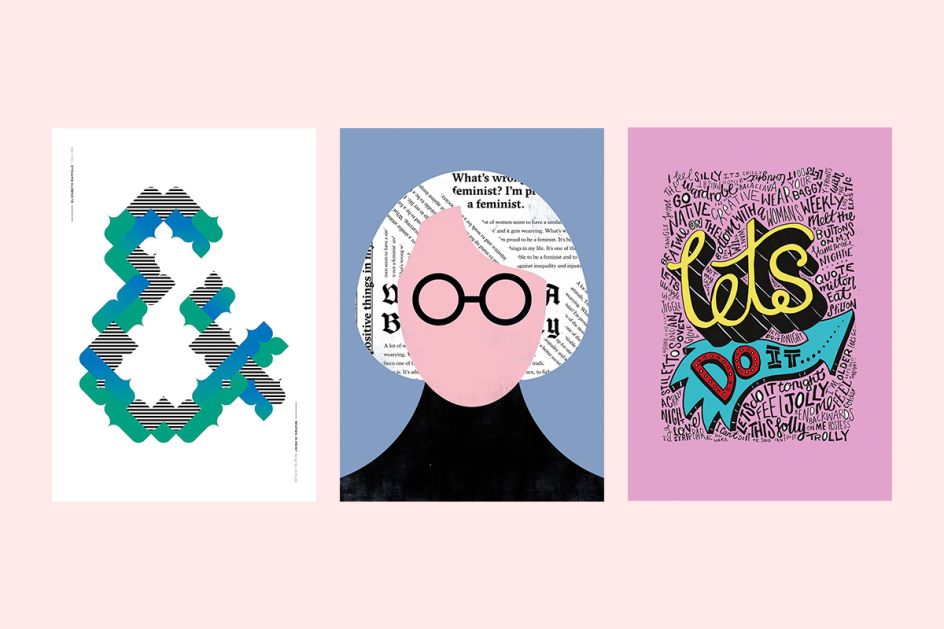
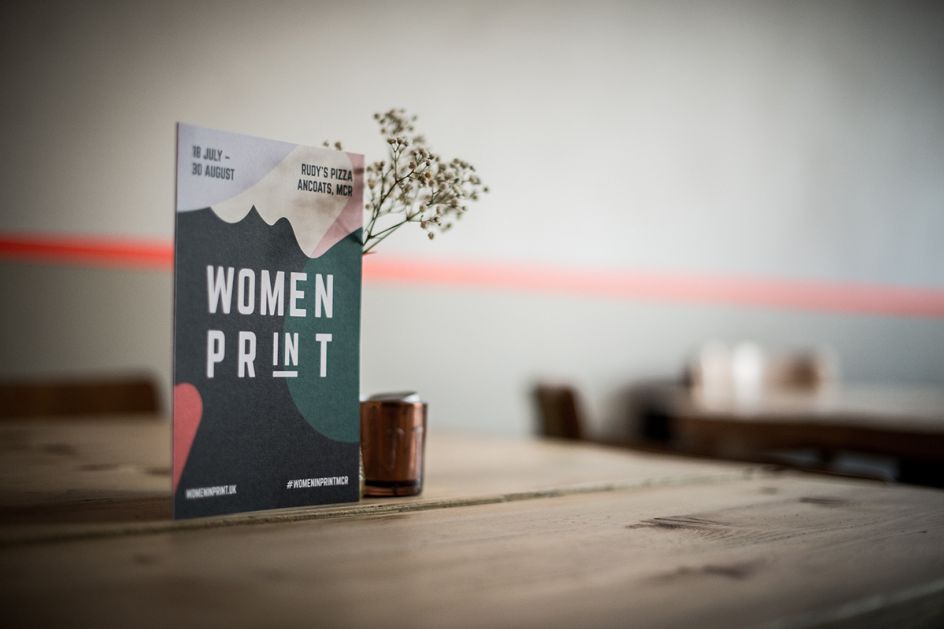
Speaking of women's issues, in particular, you're the curator of the Women in Print exhibition, currently on show in Manchester. Who or what inspired you to pursue the project?
Around 2013, I got involved in the No More Page Three campaign. I felt like I wanted to be part of something that was challenging the way women were being portrayed in print. Getting The Sun to remove topless women from its newspaper was a milestone, but the problem went much deeper and much further back than the mere creation of Page Three.
Throughout history, the achievements of women have been underplayed or left out of the history books altogether – in particular, women from ethnic minority backgrounds. We have art galleries filled with nudes of anonymous women and the busts of important men with important titles. Where are the portraits of female scientists? The female politicians? The women running businesses? Because they exist. And they existed in Manchester most definitely – trust me, I've done my research.
So why were their stories hidden? I decided I wanted to find out about some of the great women who have lived or worked in Manchester, and tell their stories in print, in a way I felt their stories deserved to be told. That's how Women in Print came about.
What sort of feedback have you received from Women in Print?
The feedback has been entirely positive so far. I think because Women in Print is as much about our local history as it is about advocating the work of women, I've been able to put on an exhibition that is rooted in feminist values and is of interest to people from the area or who have an interest in Manchester, and the work of the individual women featured in print.
I think if you want to engage a more diverse audience in feminism or design, we need to break out of our bubbles and try and reach people who wouldn't usually go to these types of events. At our launch night, we had doctors, MPs, sculptors, painters, carers, babies, singers, students, feminists, activists, people who love local history as well as designers and creatives in attendance. It was a great mix of ages too. That's something I'm really proud to say we've achieved.
With the success of Women in Print, are there any more plans for exhibitions in the pipeline?
It was important to me that the work supported women in Manchester. I'm really thrilled to be supporting a couple of great charities through Women in Print, including Manchester Women's Aid and The Monthly Gift – and I'd love to continue working with those causes.
"I'm hoping to continue the exhibition through the Pankhurst Trust (incorporating Manchester Women's Aid) which I'm looking forward to sharing the details of at a later date. We'll also be doing some work with Design Manchester 2016, hopefully engaging people in conversation around women in the creative industries.
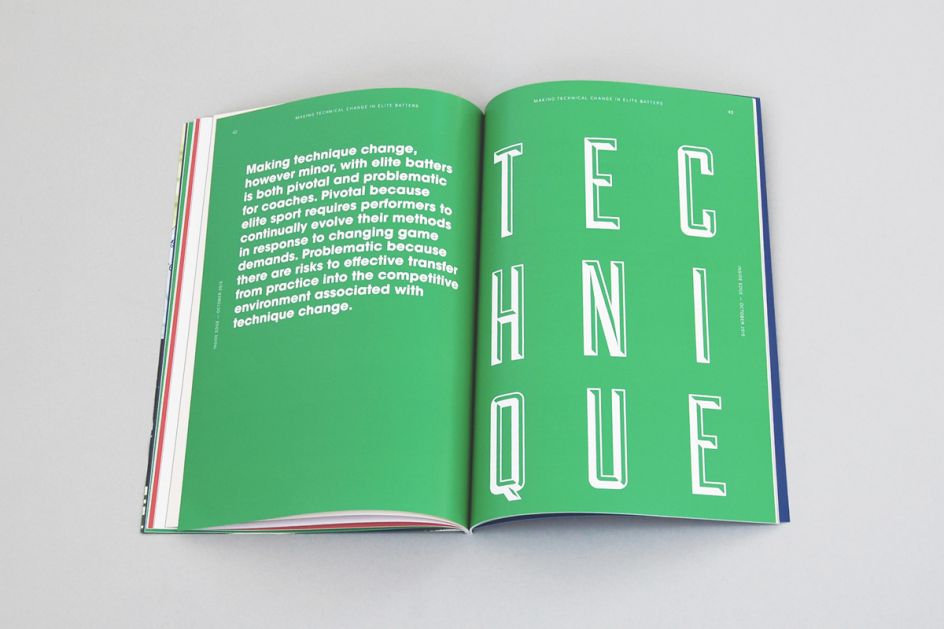
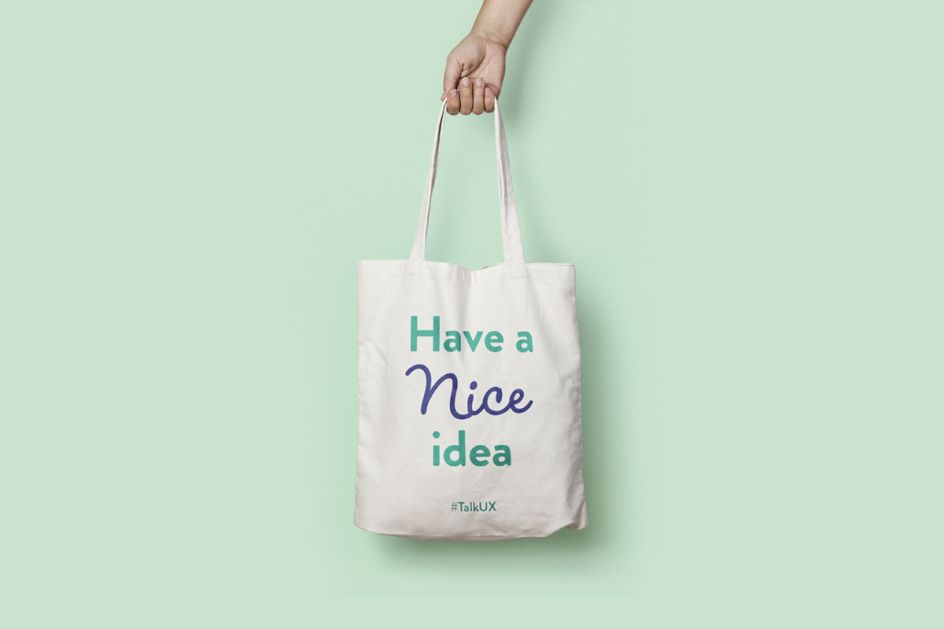
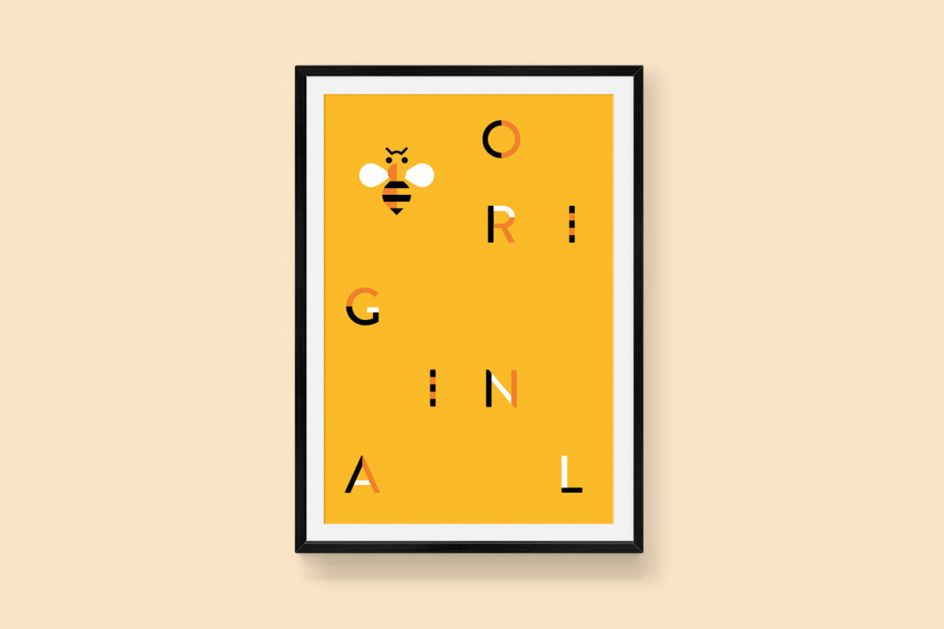
So you're passionate about women's rights, and women supporting women – do you think we still have a long way to go in the UK creative industries?
Yes. Women take up the majority of places on art and design degree courses, but a disproportionately small amount of female graduates go on to have careers in the design industry. Now, why is that? There is a belief that women are more likely to suffer from 'imposter syndrome' than their male peers. I think this is why it's so important that the successes of women are made visible for all to see. If you hear that a woman who attended your university now owns her own design studio in Manchester, you're going to think 'hang on, maybe I can do this too'.
I also think it's really important that women who are already working in the industry come together to create a supportive network for young designers, illustrators and artists. Whether that's through peer reviews, monthly meet-ups or exhibitions – the more women work together, the more incredible things will happen for all of us.
There is a belief that women are more likely to suffer from 'imposter syndrome' than men. That's why it's so important that the successes of women are made visible for all to see.
Have you come across any misogyny during your own career? Or anything to make you wonder what century we're living in?
Yes. Unfortunately, I have. I guess it'd be unprofessional for me to give specific details but I think in some agencies there is still a 'lad culture' that can be quite toxic for both men and women. I remember hearing Caitlin Moran speak on the radio a couple of years ago about working in a male-dominated 'laddy' office and she said she felt like a 'flamingo in a bear pit'.
I don’t think the issue is that employers are openly unwilling to employ or promote women — a David Brent quote comes to mind: ‘how can I hate women, my mother’s one’ — I’d like to believe that most employers in design agencies believe in the idea of equality but it’s one thing to understand sexism and inequality intellectually and it’s another thing to understand it emotionally.
If you’re not experiencing sexism yourself you might not be aware that it’s happening within your agency or that your agency is based on an outdated model that excludes women from getting further. Take paternity leave, for example. Even with the introduction of equally shared parental leave, a small percentage of men (estimated between 2-8%) say they would take up the opportunity. Women are still doing the majority of child-rearing. For those women who choose to take time out of work to raise families, we need to ensure there is a place for them when they come back to work that fits in with their new life.
We also need to make sure that we’re helping young female creatives to find their voice within agencies. If, as statistics say, a woman is less likely to speak up in creative meetings and she’s less likely to champion her own work than her male peers for reasons that I stated earlier, then we need to be mindful of this and offer the right support. I get the Lean In weekly tips in my inbox and they offer great resources and advice on how to support women in the workplace.
So with this in mind, what advice would you give to any aspiring female designers hoping to break into the industry?
Stop apologising for everything. I'm really bad for doing this too. You should be confident promoting yourself when looking for work (even if inside you feel like a rabbit caught in the headlights). I'd also recommend going out to events where you can meet other creative people and start to build connections. If there's a designer or agency you really admire, just drop them an email. Most people are nice and don't think you're a nuisance for contacting them for advice or a portfolio review.
For more information about Jane, visit her website at www.bowyerjane.co.uk or you can follow her on Twitter @bowyerjane.
If you're interested in the Women in Print exhibition, it's on show at Rudy's Pizza Place in Manchester until 30 August 2016, and limited edition posters are available to purchase online with all proceeds going to Manchester Women's Aid.





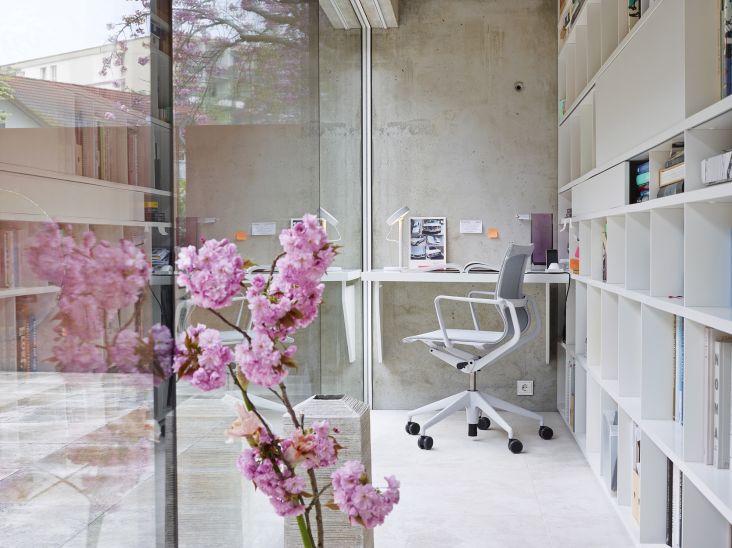
 using <a href="https://www.ohnotype.co/fonts/obviously" target="_blank">Obviously</a> by Oh No Type Co., Art Director, Brand & Creative—Spotify](https://www.creativeboom.com/upload/articles/6e/6ed31eddc26fa563f213fc76d6993dab9231ffe4_732.jpg)
 by Tüpokompanii](https://www.creativeboom.com/upload/articles/58/58684538770fb5b428dc1882f7a732f153500153_732.jpg)







